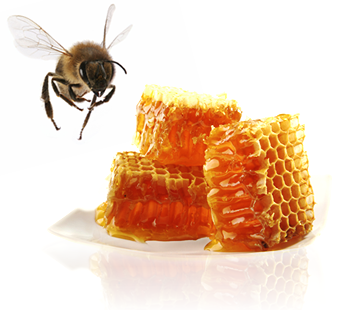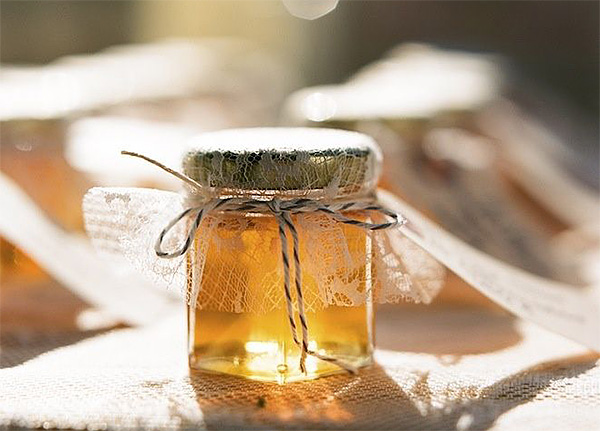The avalanche of artificially or genetically modified food is practically a silent enemy, served daily from where you least expect it, namely, even from your own plate. At such a threat, the answer must be suitable. Recently, an international suite of herbalists and nutritionists doctors said that from the entire range of natural products, the pollen, propolis and royal jelly are champions in energy, easily digestible nutrients and with tissue regenerative properties!
This is not a news because, for over 5,000 years, herbal medicine successfully used honeybees products in current diets, in treatment and prevention of various diseases, in lotions and beauty creams.
Pollen – Pure health from bees
What is it? Pollen is a natural product found in corolla fresh flowers. Its color varies depending on the flower from which it originates. It is harvested along with nectar, both being chewed by the bees and placed on their legs as specific form of grains. More than other natural products, pollen is a balancing organic. To ensure the necessary amino acids for the human body is sufficient to use only 20 grams of pollen.
What’s in? Water (12-14%), the entire range of protein (amino acids) necessary for human body (tryptophan, valine, lysine, leucine, histidine, lecithin, arginine), carbohydrates (48% in dry state), highly active antibiotics, vitamins (PP, B1, B2, C, biotin, folic acid, inositol), minerals and trace elements (potassium, magnesium, calcium, sulfur, manganese, chlorine, copper, iron).
Directions: Pollen contains many vitamins and nutrients, which is recommended for anyone, regardless of age, health or work performed. Ideal as a stimulant of nerve activity, and sexual glands, treatment of intestinal disorders, calming, stimulating growth, anemic, healing, regenerating, invigorating.
Warning! Consult a doctor before a full pollen cure, do not take pollen in combination with citrus drinks, do not exceed the prescribed dose, otherwise it can cause diarrhea.
Propolis
What is it? The source of propolis is still a mystery to scientists. It seems that bees harvest propolis resin found on plants and use it to disinfect combs and the hive because of its antibacterial properties. Like pollen, the color and smell depends on the types of plants and the collection area.
What’s in? Resin (50%), essential oils, pollen, wax, tannins, flavonoids, antibiotics, iron, manganese, zinc.
Directions: You can use it natural (begin no more than a pinch per day) or as an ointment, drops, sprays, tinctures and extracts. It is a powerful antiviral, bactericidal powerful anti-inflammatory, analgesic, especially healing, anti-allergic, anti-radiation, anti-cancer, anti-ulcer. It proved to be successful in cases of influenza state, rhinitis, shingles, tonsillitis, wounds, hemorrhoids, cystitis, folliculin excess, premature ejaculation, frigidity, fungus, gastritis, bronchitis, laryngitis.
Royal jelly
What is it? It has been used since ancient times along with ginseng by Chinese kings, with good results. Basically it’s a product that bees use to feed bee larvae and the queen bee in the first 3 days of life. The famous royal jelly is the most concentrated super-food known, with very strong therapeutic features, even in extremely small quantities. It is used in doses of 59 mg daily.
What’s in? Complete protein, nitrogen, water, phosphate, dextrose, sucrose, sulfur, various vitamins.
Directions: Royal jelly is an anti-anemic, appetizer, anti-infective, regenerator, aphrodisiac, tonic, and is the only natural product that accelerates growth. Particularly in cases of premature aging, rheumatism, chronic fatigue, impotence, frigidity, neurasthenia. Very low doses are recommended for children born prematurely or underweight ones.
Warning! If you tend to gain weight, eat royal jelly, but only under the guidance of a nutritionist. Also, before you give royal jelly to children, consult your doctor.
For quality honey, is imperative that its pollen is collected by bees from fields and forests away from industrial regions or cities. Thus, there is a guarantee that the honey we eat is not from polluted areas.

